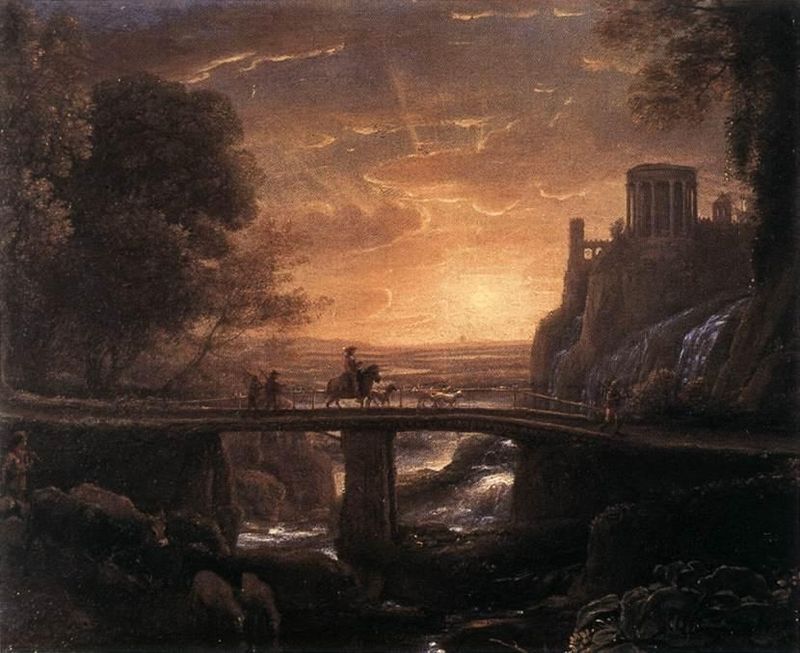
Gothic Romance is a genre of fiction that reached its height during the Romantic Period, late 18th and early 19th century, in England. These novels rebelled against the classic writing style of the time by embracing surrealism and rejecting conventional social and moral standards. While romance is commonly part of these stories, Romanticism refers to elements like mystery, the supernatural, intense emotion, ancient castles, and pastoral landscapes.
Horace Walpole (1717-1797) is widely accepted as the author of the first Gothic Novel, The Castle of Otranto in 1764. He initially did not take credit for his work, unsure of how readers would react to his fanciful tale. With elements of true magic not common in the genre overall it stands out. During the height of the Gothic genre, writers like Ann Radcliffe (1764-1823) teased the supernatural but usually had a rational explanation in the end.
Matthew Gregory Lewis (1775-1818) published The Monk in 1796 before he turned 20. It shocked the public because of its depiction of a salacious monk tempted by the devil. Lewis later released a heavily edited version in an attempt to allay the controversy surrounding it. However, The Monk continues to be an important part of the Gothic Romance genre arguably because of its scandalous nature.
Horror and terror may seem interchangeable but there are key differences. Terror is the anticipation of something potentially horrific happening. It builds and builds, keeping the reader hooked on what might happen next. Terror awakens the senses with curiosity while horror is unambiguous in its displays of atrocity. Terror features heavily in Gothic Romance as a source of the sublime, where overwhelming fear leads to a sort of delight.
Editor’s Note: Be sure to stop by the author’s Gothic Romance pop-up exhibit currently on display by our circulation desk on level 2 of our downtown Richmond facility








